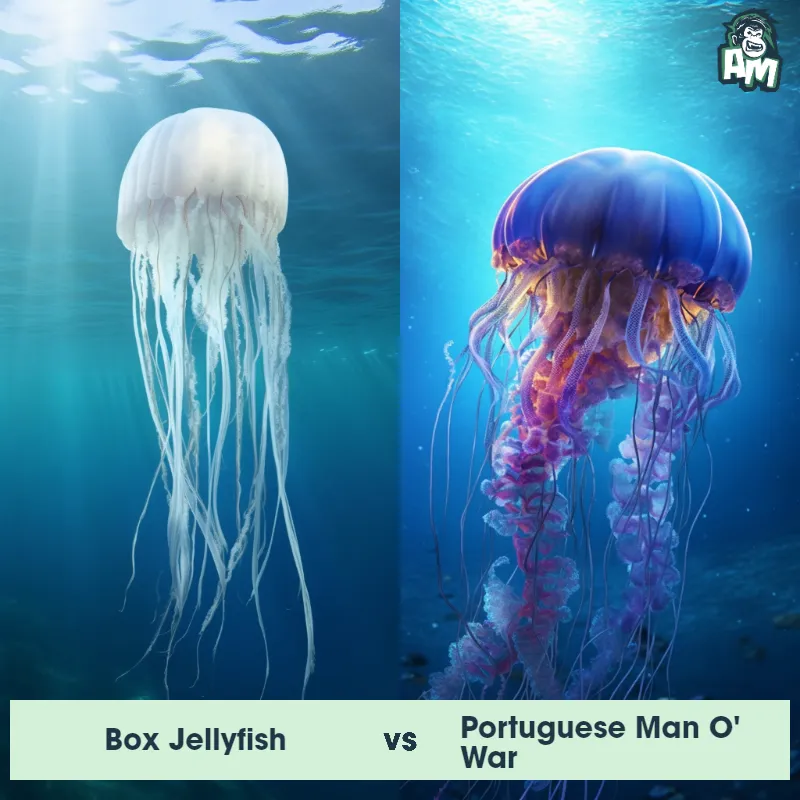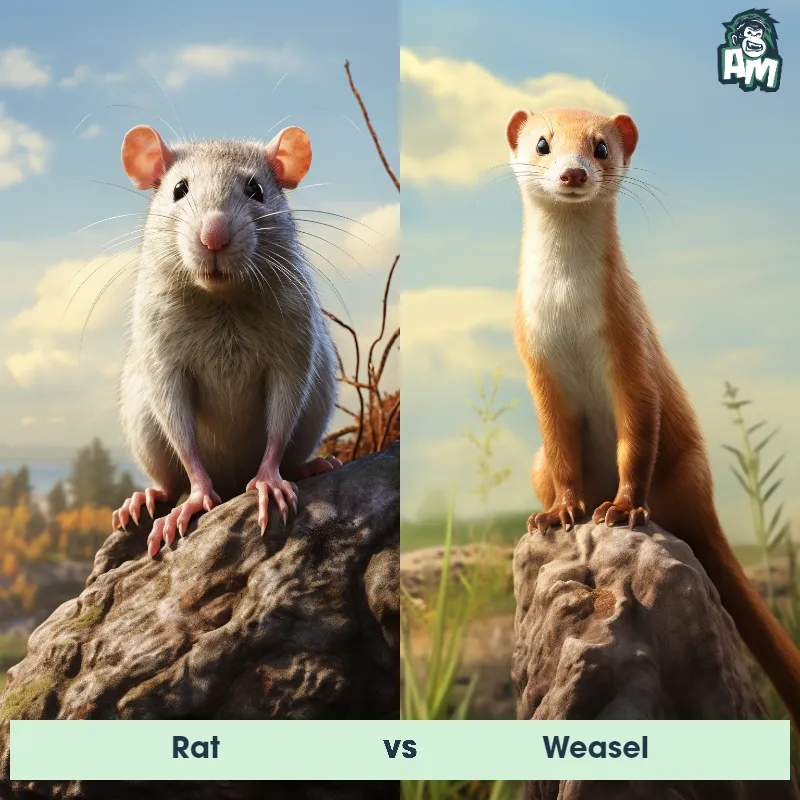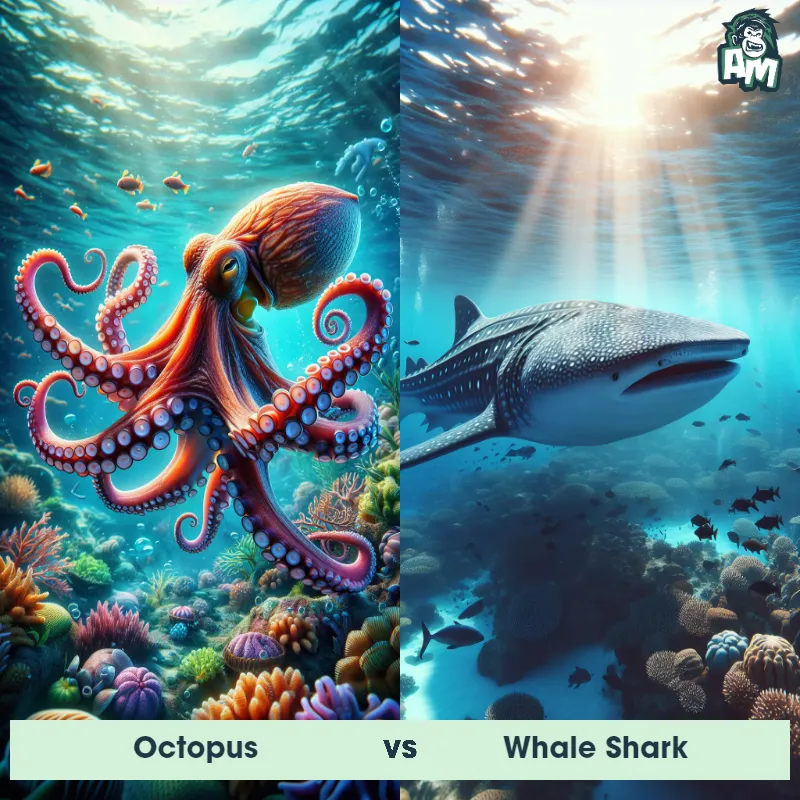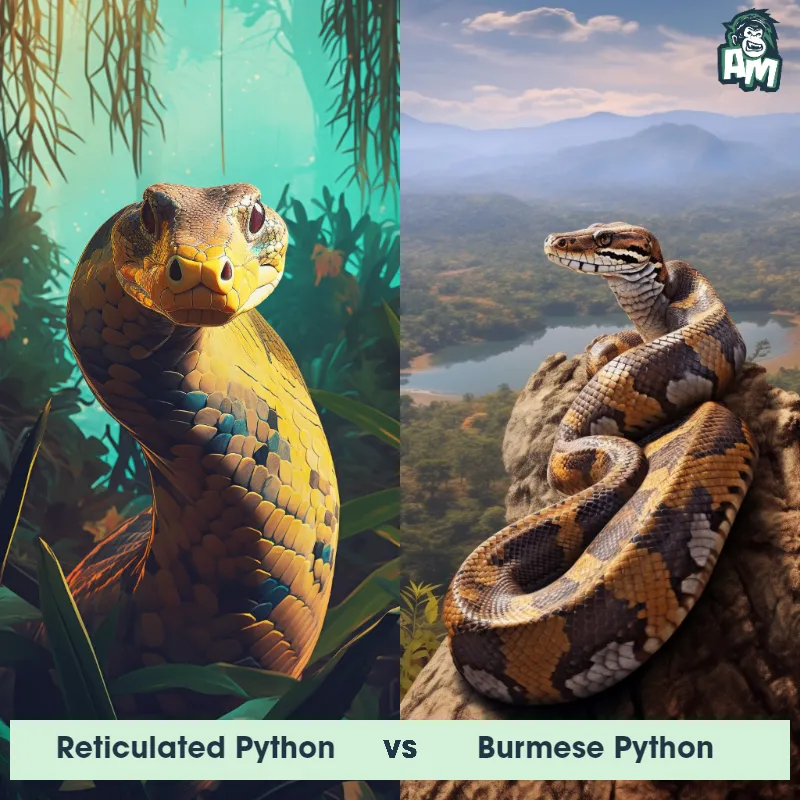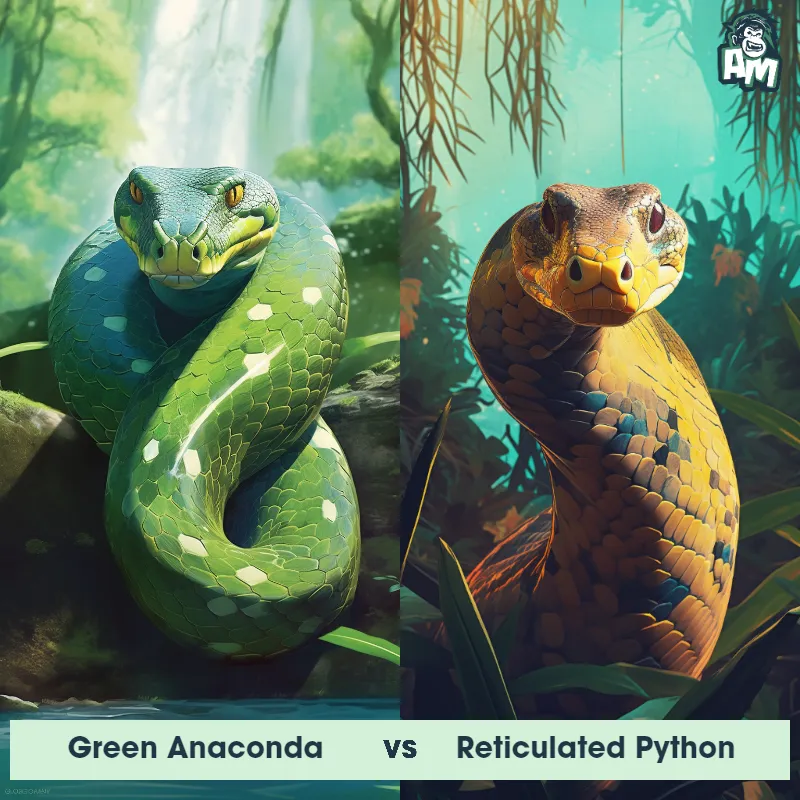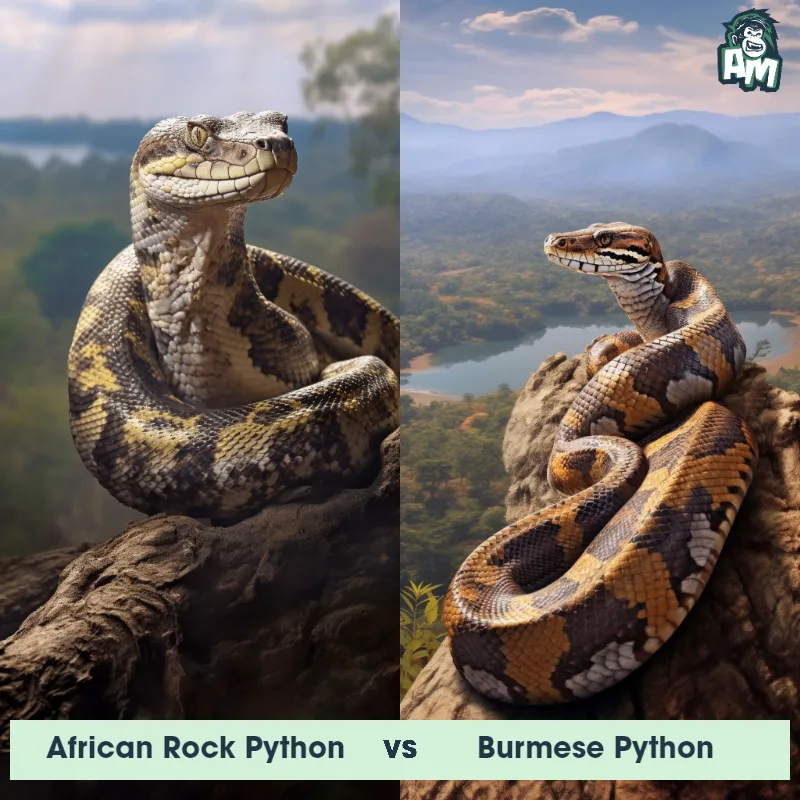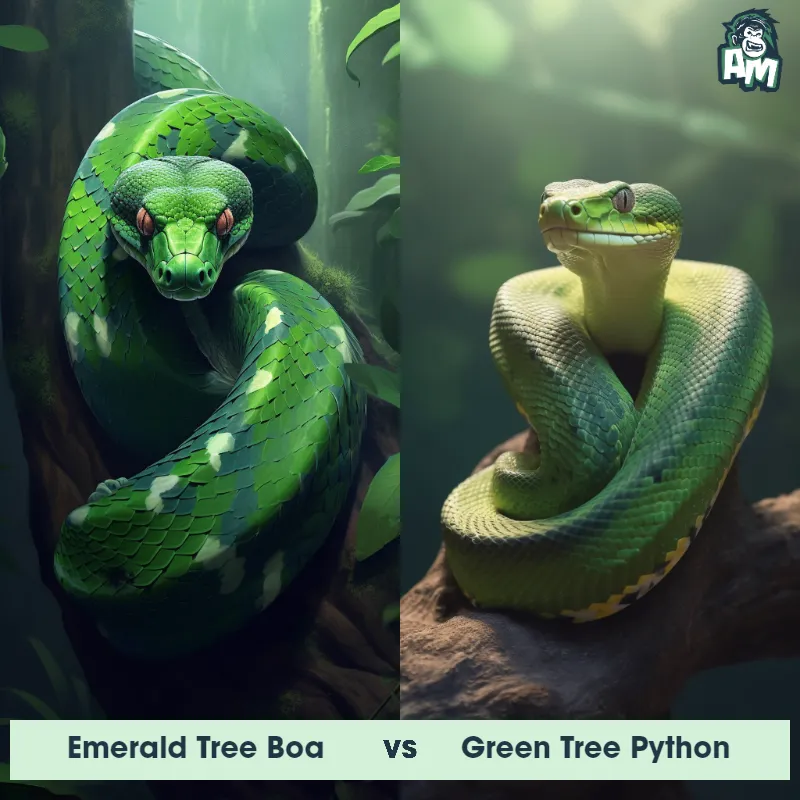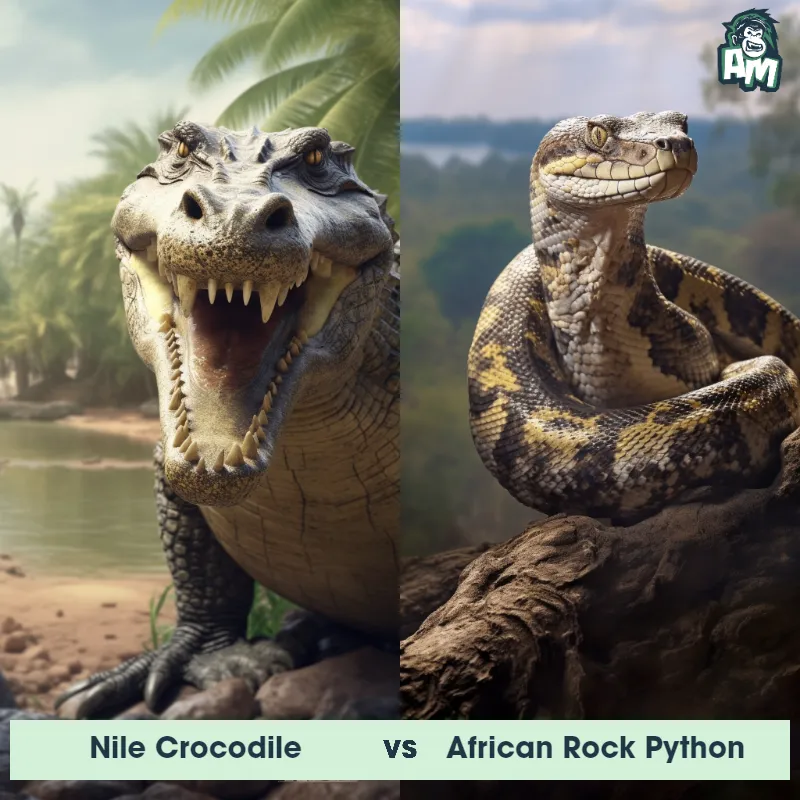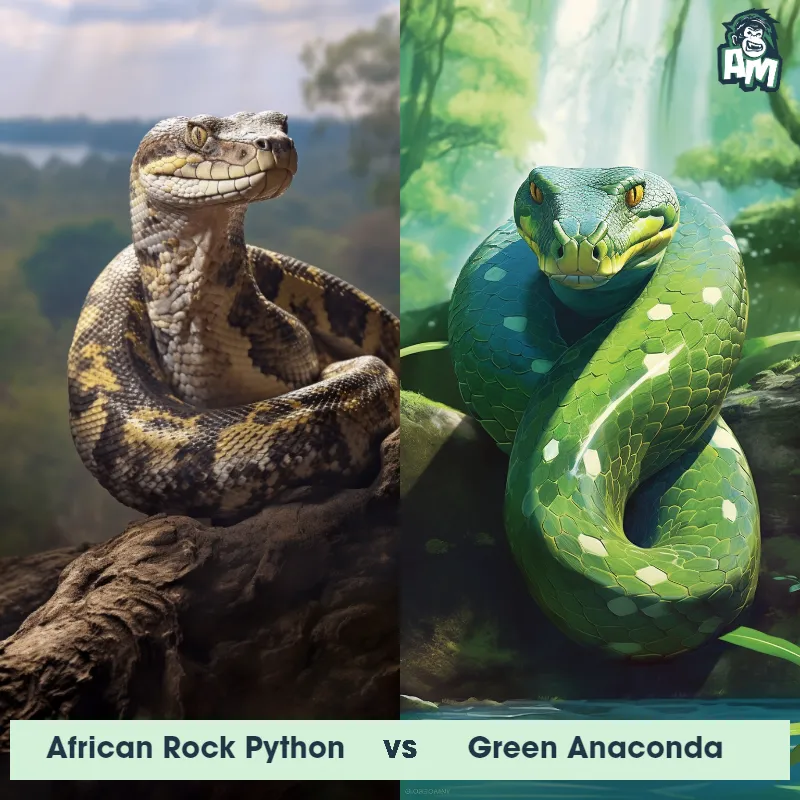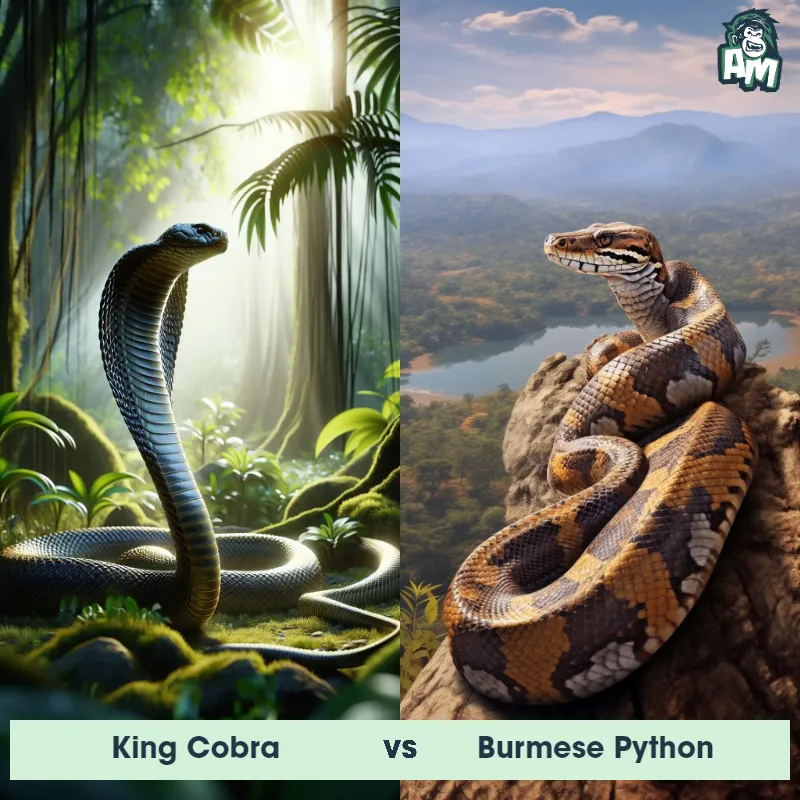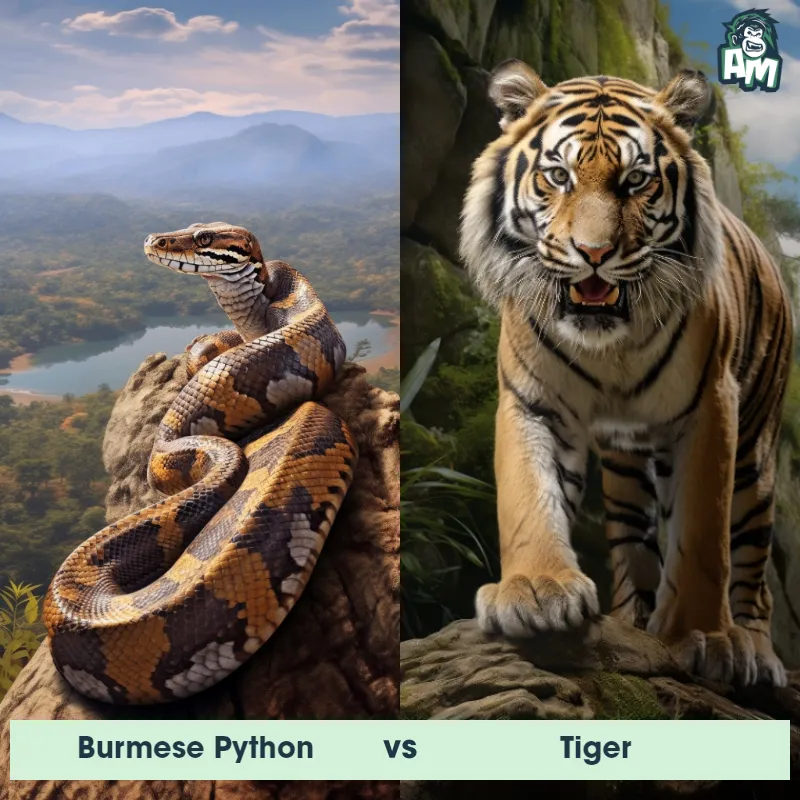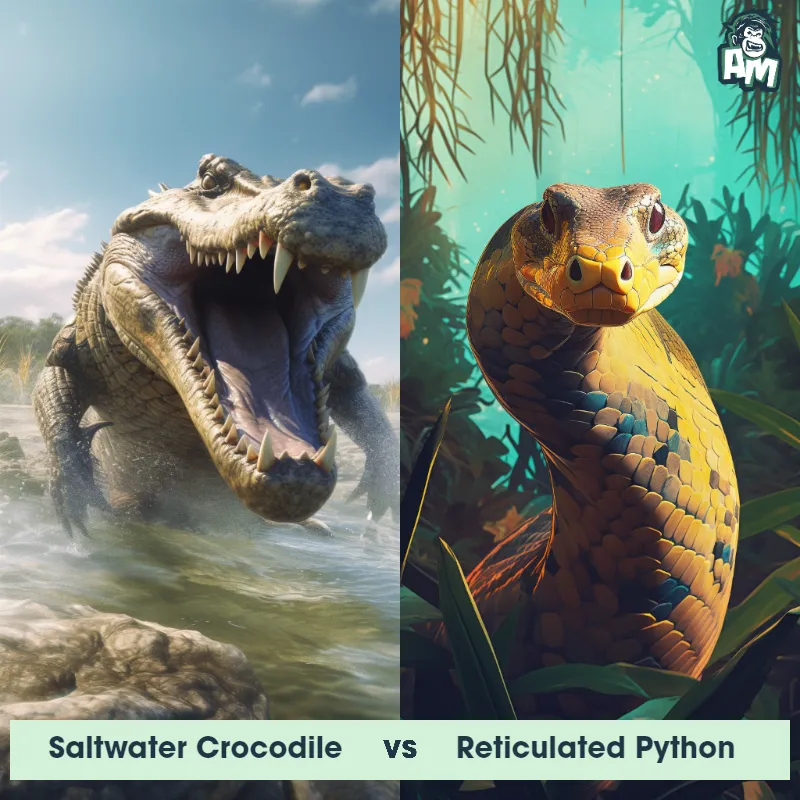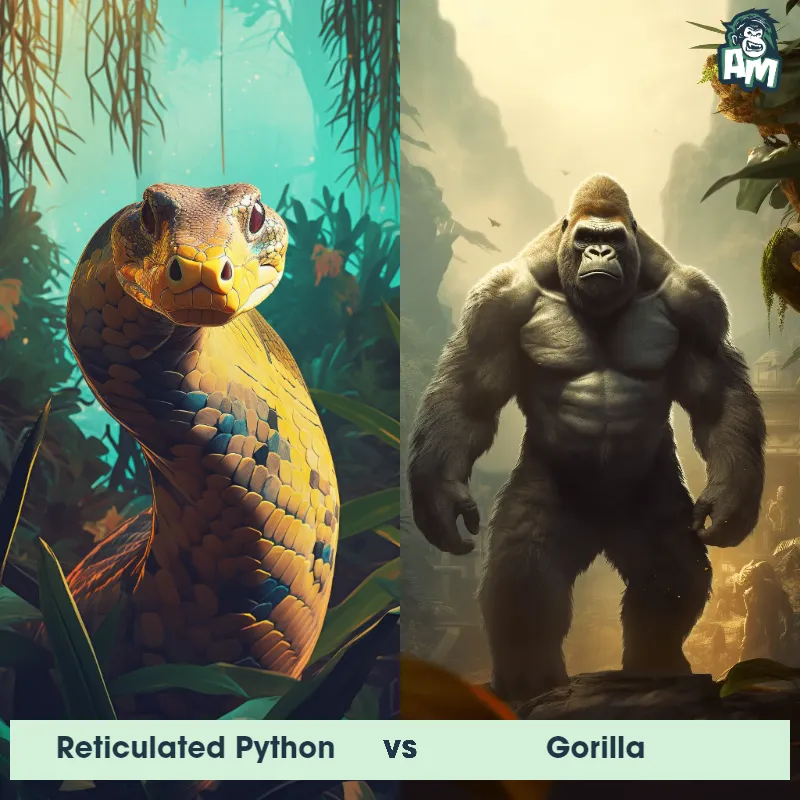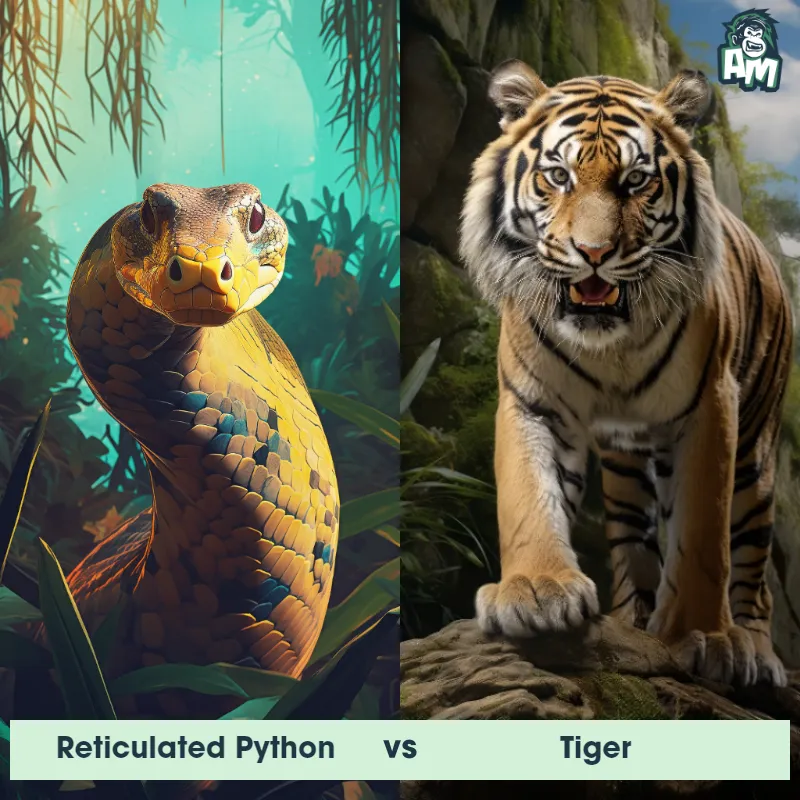Green Tree Python vs Ball PythonSee Who Wins
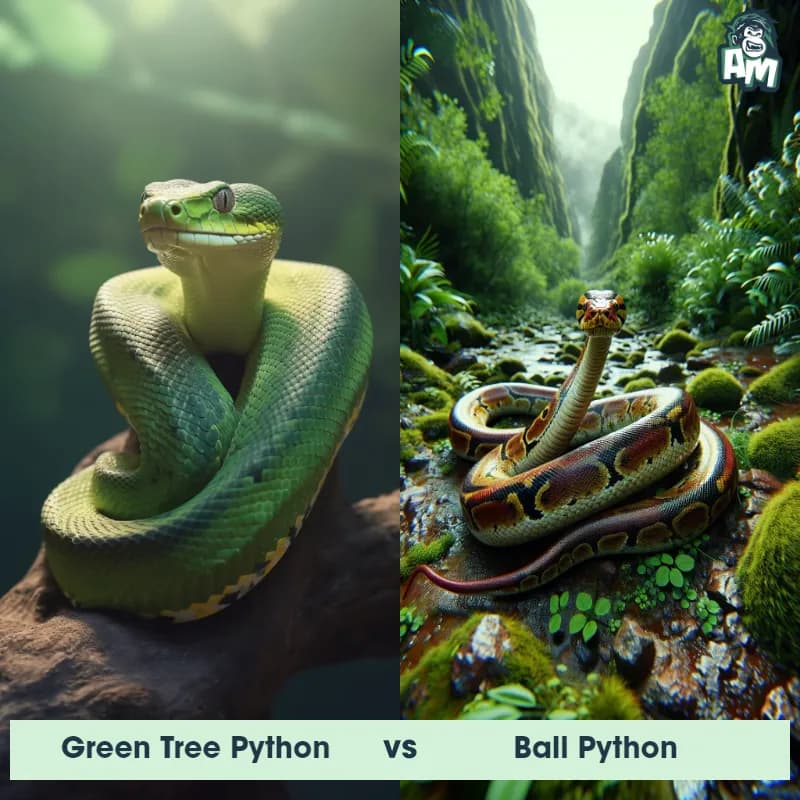
Ladies and gentlemen, welcome to this thrilling matchup between the Green Tree Python and the Ball Python! We are about to witness a true battle of the constrictors here tonight. These two serpents are known for their agility and strength, so get ready for an epic showdown!
Contender 1: Green Tree Python
The Green Tree Python, also known as the Chondropython viridis, is a non-venomous snake species that is native to New Guinea, Indonesia, and Australia. This species is known for its striking green coloration, which helps it blend in with the foliage of its rainforest habitat. The Green Tree Python has a slender body and can grow up to 6 feet in length. They are arboreal and spend most of their time in trees, using their prehensile tails to grip onto branches. They are also known for their unique hunting style, in which they ambush their prey by hanging from a branch and striking with lightning-fast speed.
Fun Fact: Green Tree Pythons are one of the few snake species that exhibit parental care. After laying their eggs, the female will coil around them and remain with them until they hatch, protecting them from predators and regulating their temperature by shivering her muscles.
Contender 2: Ball Python
The Ball Python, also known as the Royal Python, is a non-venomous snake native to Sub-Saharan Africa. These snakes are named "ball" pythons because they have a habit of curling up into a tight ball when they feel threatened or defensive. They have a smooth and shiny appearance, with a varying array of colors and patterns, including various shades of browns, blacks, and whites. Ball pythons have a unique heat-sensing ability due to specialized pits in their faces, which helps them locate and capture prey. They are known for their docile and calm nature, making them popular pets among snake enthusiasts.
![[object Object] Gif](https://tenor.com/view/yawn-snake-slither-hiss-animal-gif-17279037.gif)
Fun Fact: Ball pythons are known for their ability to go for long periods without food. In the wild, during the dry season, they can survive for up to six months without eating by conserving their energy and slowing down their metabolism.
Matchup Stats
| Green Tree Python | Ball Python | |
|---|---|---|
| Size | Up to 6 feet (1.8 meters) | 4-6 feet (1.2-1.8 meters) |
| Weight | Up to 4.4 pounds (2 kilograms) | 3-5 pounds (1.4-2.3 kilograms) |
| Key Strength | Constriction | Constriction and agility |
| Biggest Weakness | Vulnerable to attacks on the head | Lack of venom or defensive weaponry |
Current Votes
Green Tree Python vs Ball Python
See Who Wins
View More Matches
Looking For More?
Similar Matches
Scientific Stats
| Green Tree Python | Ball Python | |
|---|---|---|
| Scientific Name | Chondropython viridis | Python regius |
| Family | Pythonidae | Pythonidae |
| Habitat | Rainforest | Terrestrial |
| Geography | New Guinea, Indonesia, and Australia | Sub-Saharan Africa |
| Diet | Small mammals, birds, and reptiles | Small mammals, birds, and reptiles |
| Lifespan | 15 years - 25 years | 15 years - 30 years |
Key Differences between Green Tree Python and Ball Python
- Coloration: The Green Tree Python has vibrant, bright green scales with white or yellowish spots, providing excellent camouflage in its arboreal habitat. In contrast, the Ball Python exhibits a more subdued coloration, often with dark brown or black skin patterns on a lighter background ranging from tan to pale gray.
- Scales: The Green Tree Python has smooth scales and its belly scales are arranged in a ladder-like pattern, aiding its grip on trees. On the other hand, the Ball Python has smaller and more wrinkled scales, contributing to its ability to curl into a tight ball when threatened.
- Head shape: The Green Tree Python displays a triangular-shaped head with distinctive large eyes surrounded by facial pits, allowing for excellent depth perception. Conversely, the Ball Python possesses a rounded head with smaller eyes in comparison.
- Body shape: The Green Tree Python possesses a long and slender body, while the Ball Python has a thicker body with a more robust appearance.
- Ventral coloration: A notable distinction is observed on their bellies - the Green Tree Python's ventral scales are usually white or pale yellow, whereas the Ball Python's ventral scales are typically cream, yellow, or white with dark spots or speckles.
- Size: The Green Tree Python (Morelia viridis) is typically smaller, averaging 4 to 6 feet in length, while the Ball Python (Python regius) tends to be larger, averaging 3 to 5 feet in length.



